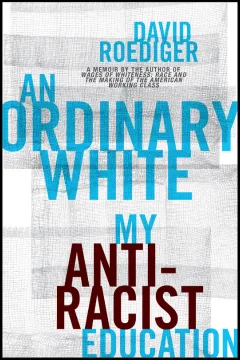Less than five years after Willy Brandt’s triumphant reelection in 1972, the German Social Democratic party (SPD) finds itself in deep trouble. Under Brandt’s leadership, West Germany, the only major country on the continent without a significant Communist party, had …
She had planned a sort of plebiscite, a “yes” or “no” vote on her rule, and was positive of the outcome. Whoever heard of a dictator losing a plebiscite election, since Louis Bonaparte invented the technique? Everything remained under Mrs. …
On Sunday, March 16, 1969, President Richard Nixon and about six senior national security advisers approved a proposal to bomb neutral Cambodia. Their decision, and the 15-month bombing operation that followed, remained secret for more than three years from most …
Political memories are sometimes short. A year before the election, it seemed that it would be easy for any one of several Democrats to defeat the man who pardoned Nixon. What seemed difficult was for any of them to defeat …
Sept ans à Cuba, 38 mois dans les prisons de Fidel Castro, by Pierre Golendorf. Paris: Editions Pierre Belfond, 1976, 320 pp. As Cuban-American relations move toward normalization, Pierre Golendorf’s account of his experiences in Cuba and its prisons from 1967 …
In his discussion of my work, Philip Green tries to rescue egalitarianism by sacrificing data. He will seem to have succeeded only to those who take his word for the facts of the matter. I will strive in this response …
Editors: William Kornblum, writing in the spring Dissent on “Why the Insurgents Lost in Steel,” offers some, but by no means all, the reasons why Lloyd McBride soundly defeated Ed Sadlowski in the Steelworkers’ union election. As one who was …
Roosevelt and Churchill 1939-1941: The Partnership that Saved the West, by Joseph P. Lash. New York: W. W. Norton. 528 pp. For some time, especially during the baleful years of the Vietnam War, there seemed to be little interest in, and …
When Barbara Kopple first went to Harlan County, her aim was to film the Arnold Miller-Tony Boyle election contest for the presidency of the United Mine Workers. Fortunately, Kopple didn’t remain true to her original purpose. She stayed and recorded …
The History of the German Resistance 1933- 1945, by Peter Hoffmann. Cambridge: MIT Press. 846 pp. The title of this massive volume is a misnomer, and the claim of the jacket, that this is the “essential, surely final handbook on the …
The resurgence of the French Socialist party first became apparent in the 1973 general election; it was confirmed by the near-victory of its leader, Francois Mitterand, in the 1974 presidential contest. In the subsequent byelections the Socialists made further headway, …
A specter is haunting Irving Kristol—the specter of The New Class. It consists of “some millions of people whom liberal capitalism has sent to college in order to help manage its affluent, highly technological, mildly paternalistic ‘post-industrial society.’” These educators, …
The Fall of the Public Man, by Richard Sennett. New York: Alfred A. Knopf. 373 pp. Some years ago in a much discussed book, The Politics of Authenticity, Marshall Berman argued for a politics of radical individualism, advocating the liberation …
Legally, Israeli conscientious objectors have no official status. They fall under a broad statute that allows the Ministry of Defense to deal with special cases and to declare such people unfit to serve. In practice, exemptions are rare. Military service …
From their very formation, socialist movements in Europe experienced an internal tension in theory and organizational practice. This duality can be expressed as “socialism from above versus socialism from below” and “bureaucratic versus spontaneous organizational theories.” Until the Bolshevik Revolution, …






